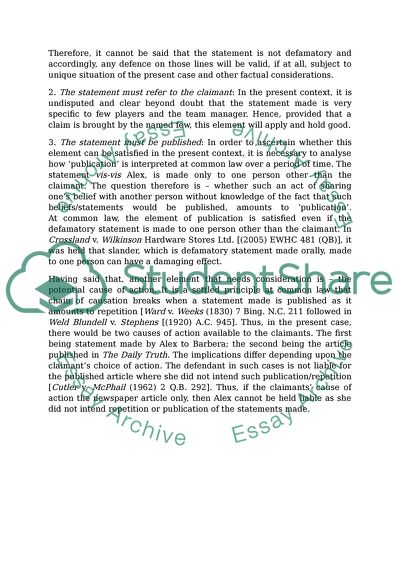Cite this document
(“Tort Law Coursework Example | Topics and Well Written Essays - 1500 words”, n.d.)
Retrieved from https://studentshare.org/law/1395086-tort-law
Retrieved from https://studentshare.org/law/1395086-tort-law
(Tort Law Coursework Example | Topics and Well Written Essays - 1500 Words)
https://studentshare.org/law/1395086-tort-law.
https://studentshare.org/law/1395086-tort-law.
“Tort Law Coursework Example | Topics and Well Written Essays - 1500 Words”, n.d. https://studentshare.org/law/1395086-tort-law.


